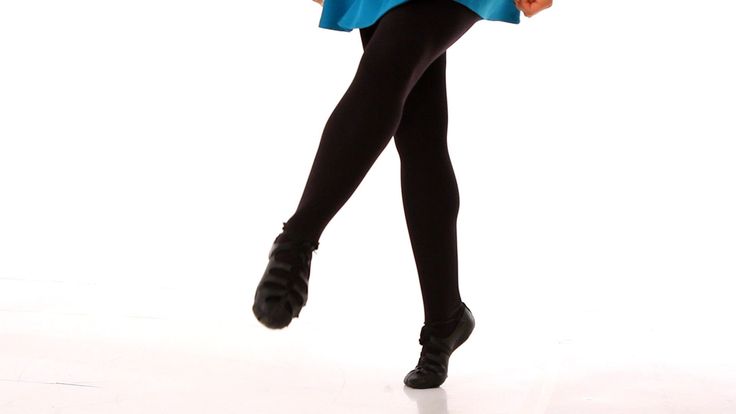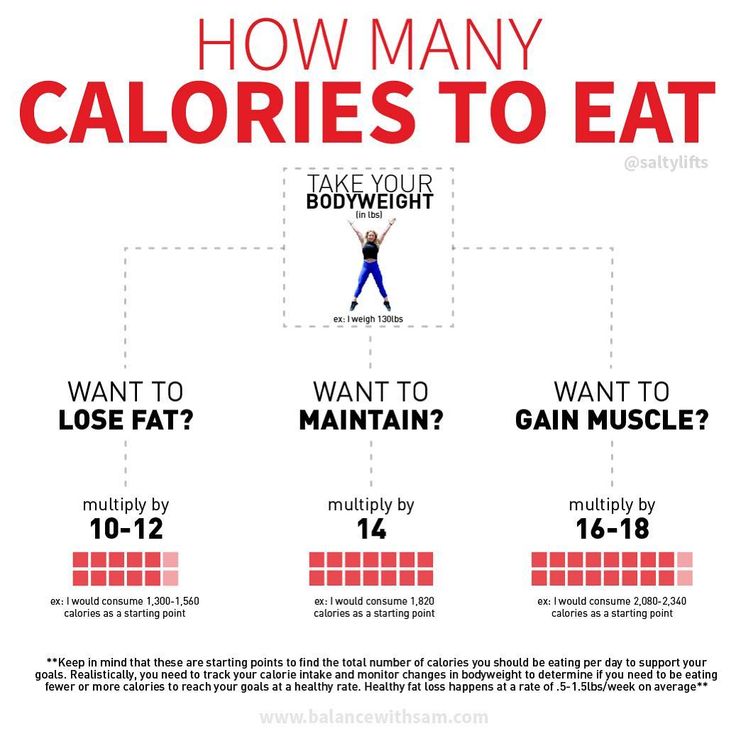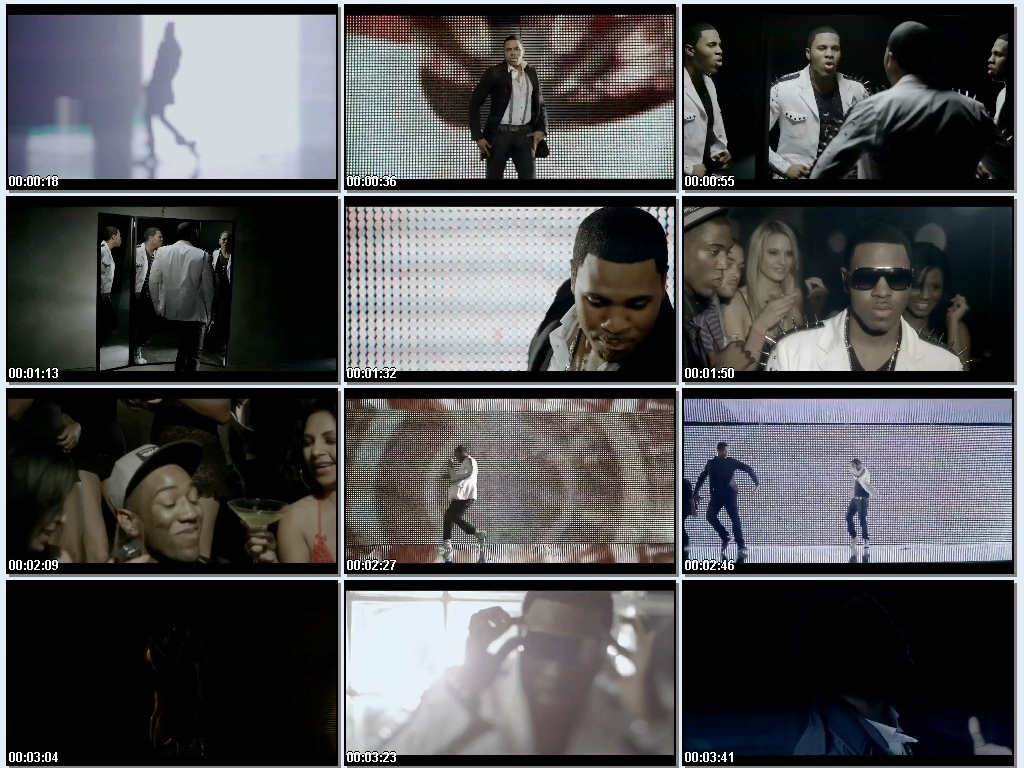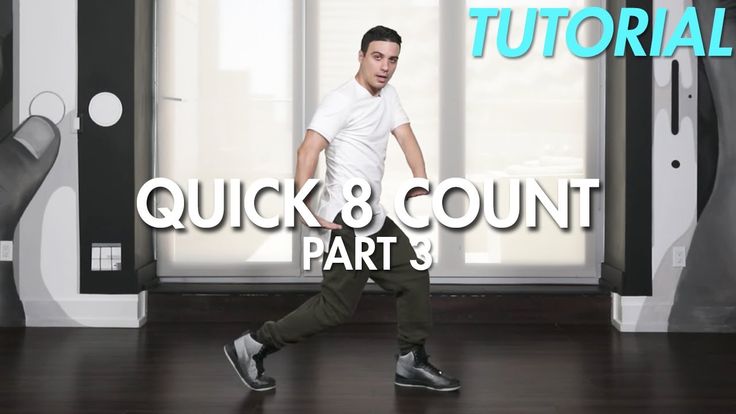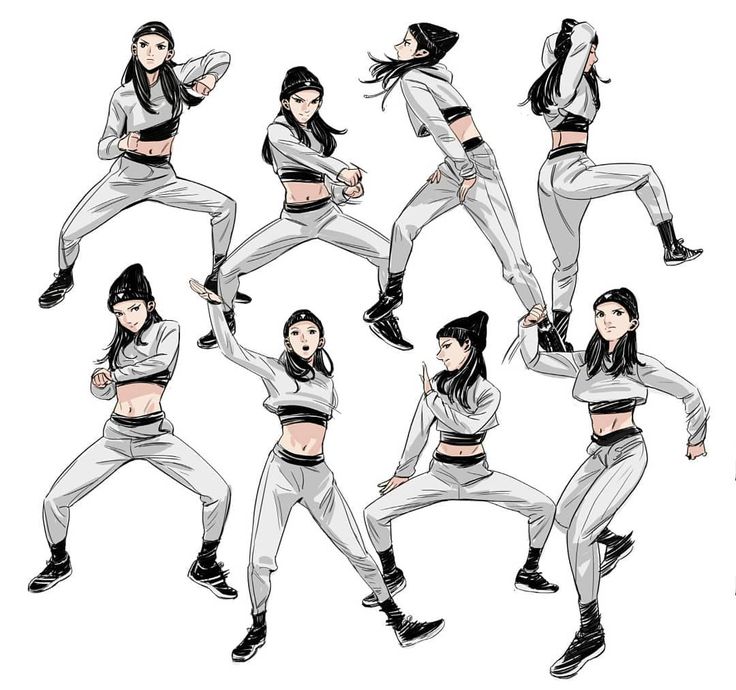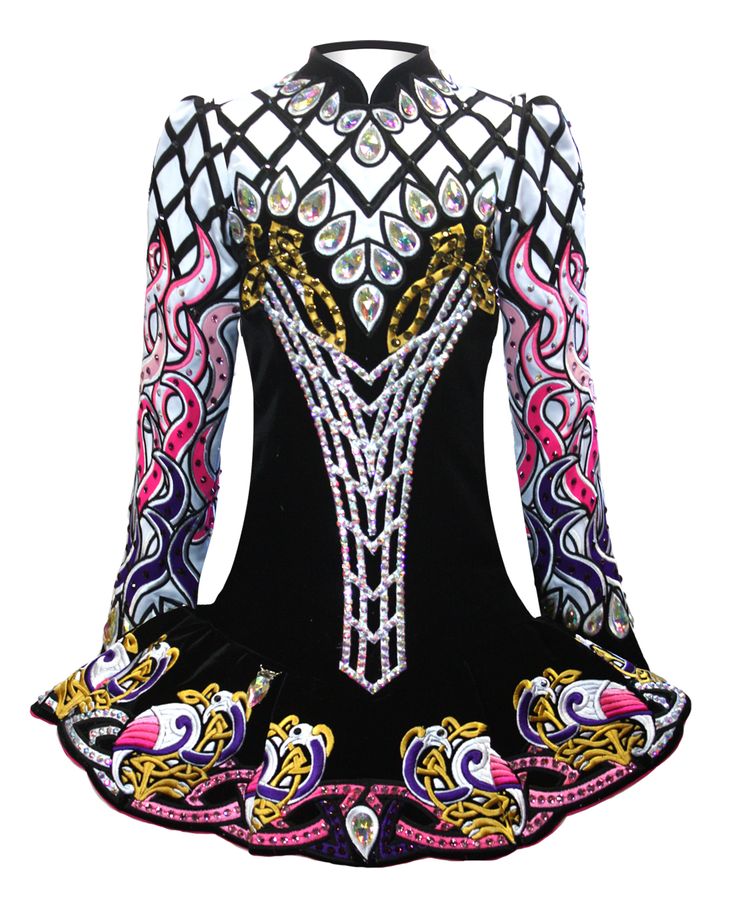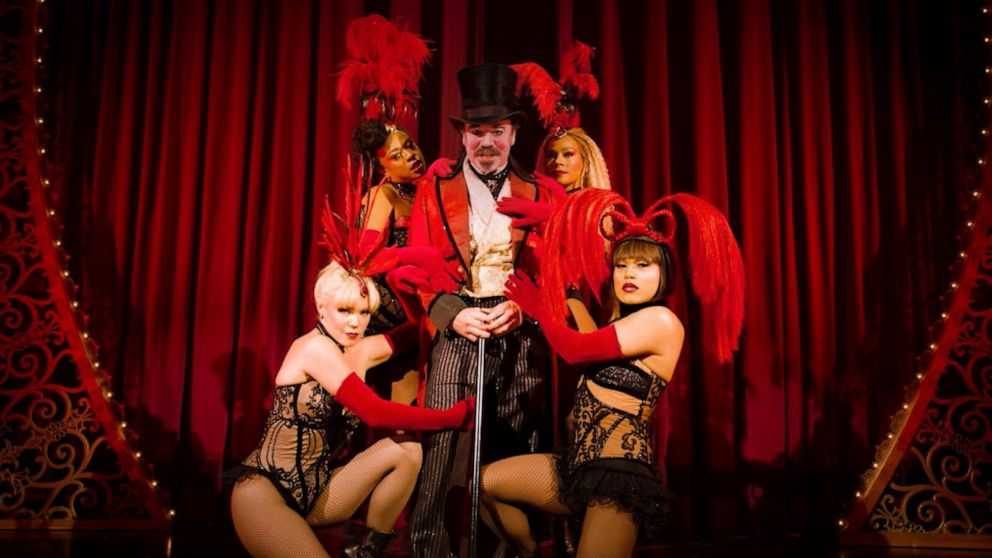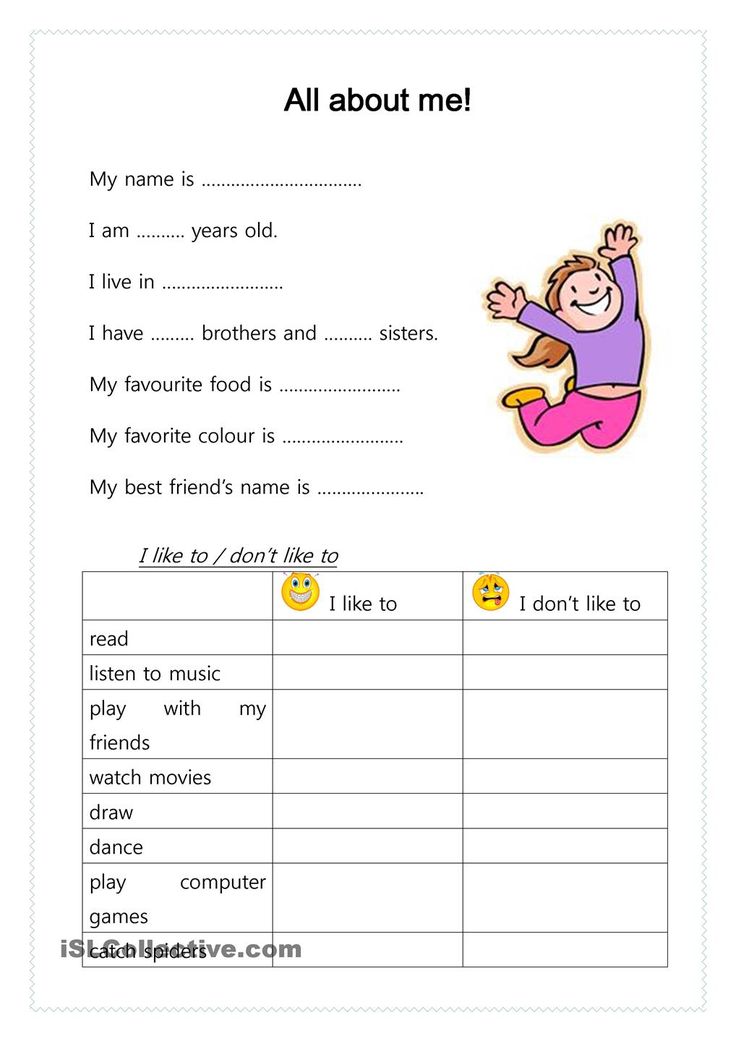How to learn irish dancing
5 Places You Can Learn Irish Dance Online
Irish dance is a beautiful expression of the Celtic spirit in physical form, when we respond to and move to the songs and music of our culture.
But did you know there are many ways you can learn all kinds of Irish dance online, no matter what age you may be.
Online Irish Dance LessonsWe have explored the history and origins of Irish dance and Irish music, and perhaps you have been inspired to pursue learning this unique form of dancing from the Emerald Isle.
You might not want to pursue Irish dance instruction in person. Remote Irish dance lessons can be amazing for multiple reasons:
- you don’t have to find a studio in your own area,
- you don’t have to leave the home at night,
- you don’t need to follow a dress code,
- you have a much lower risk of infection,
- you can go at your own pace,
- and you usually won’t have others watching you like you would in a group setting.
I’ve compiled a list of 5 places you can learn Irish dance online, and after each one I have the pros and cons of each option (although these might vary, based on your personal goals).
I hope you can find the place that’s best for you to learn a beautiful new skill!
Irish Dance Courses
There are 8 qualified Irish dance teachers on this website who have their own bios and dance history on their pages. You can learn Sean Nós dance, set dancing, two hand dance, old style Irish step dancing, modern Irish step dancing, and traditional Irish folk dances through their selection of Irish dance classes.
Through this site, you get unlimited access to all of their classes. You can pay $21.95 monthly or $219.54 annually. They also offer a free trial if you’d like to check everything out before paying the full price for a membership!
Unfortunately, there is not very much information on their website that is accessible before you start your free trial, but luckily you’ll be able to view everything before you make your own decision.
- You can go at your own pace
- 8 different teachers
- Unlimited access to courses with membership
- Not a lot of information accessible on the website before signing up.
- You don’t interact with others.
Learn To Dance
If you’d prefer to learn the basics of Irish dance to see if you like it before investing more money into it, Learn to Dance might be the option for you.
The website isn’t an Irish dance-specific platform, they offer a lot of different styles of dance. There is a free series of videos for people who want to start with the basic techniques of Irish step dance. If you’re interested in learning lots of different styles of dance at a basic level, this could be a fun website to check out!
The website features a lot of different compilations of YouTube videos that instructors uploaded online. When you click on a type of dancing, it brings up a lot of different free videos for beginner dancers.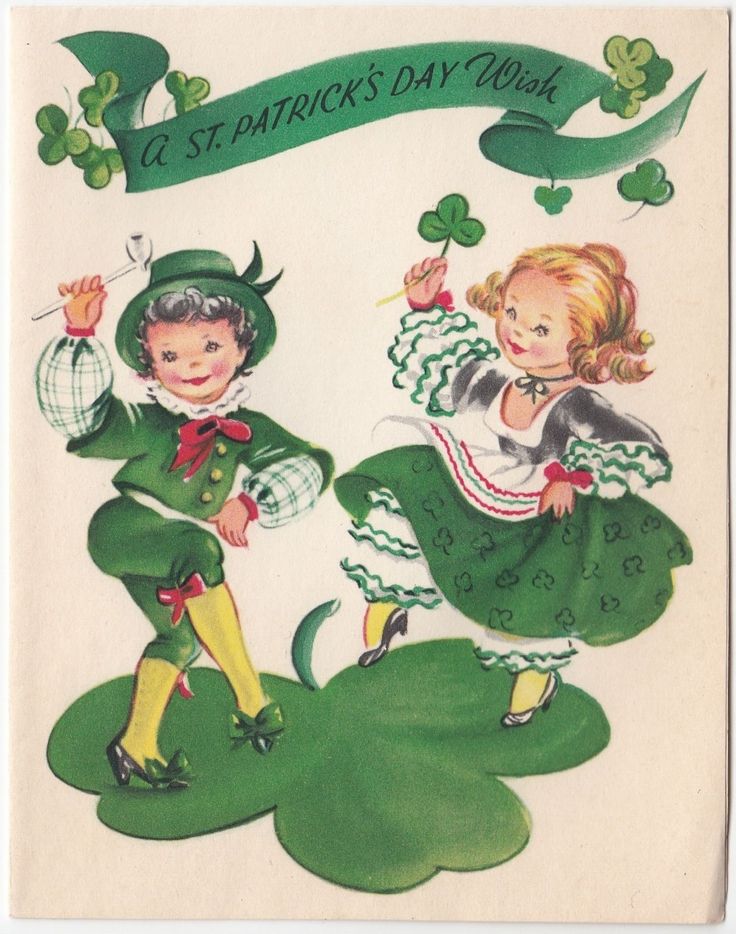
Pros:
- Some of these courses are free.
- All the videos are available at your fingertips.
- These courses are designed to be beginner-friendly,
Cons:
- There’s no personal help available.
- These are not comprehensive courses.
- Only for beginners
Aistear Mobile Irish Dance Academy
Aistear Mobile Irish Dance Academy has online lessons that will be delivered directly to your email inbox. There is a $25 registration fee, and a $25 monthly membership cost.
This is an email-based Irish dance course. Every Monday, an instructional video will come into your inbox, so if you’re looking for weekly classes, this might be the best choice for you!
There is a trial lesson available on the website, so you can get a sense of whether you would enjoy being part of the academy.
Pros:- New videos weekly
- More of a personal feel
- Limited access to videos
- Not self-paced
Cabe Academy Irish Dance
Cabe Academy is a very professional Irish dance studio headquartered in Dublin whose goal is to spread the joy of Irish dance.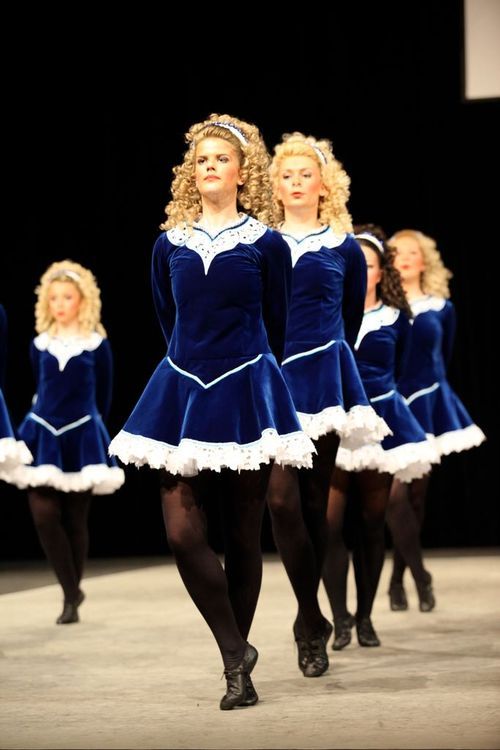 Not only do they have many in-person branches, they have online dance classes featuring qualified instructors, and you can pay for them monthly or purchase lifetime access.
Not only do they have many in-person branches, they have online dance classes featuring qualified instructors, and you can pay for them monthly or purchase lifetime access.
There is a welcome video on their online course’s homepage that will give you a bit of an introduction to who they are and what they do. If you’d like to see their frequently asked questions, you can see all the information on their website as well.
This option stuck out for me because they have options for new beginners who are interested in learning the basic steps, intermediate classes for students who have already taken beginner classes, and a third level for students who are ready for more advanced choreography.
Pros:- Lifetime access option
- 3 different levels
- Professional vibe
- Direct link to Irish culture
- Classes are sold out (at the time of publication)
Kieran Jordan
If the traditional structure of live group classes is more your thing, Kieran Jordan Dance offers Zoom classes!
This is a dance studio in Massachusetts that offers classes for adults and teenagers in person and online.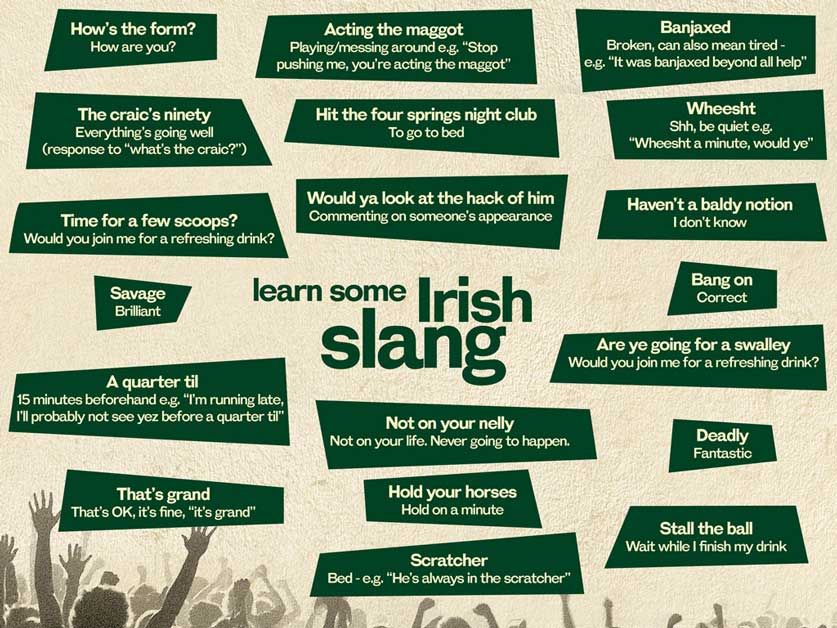
There are private lessons, instructional videos, and online workshops you can partake in.
There is also a range of time commitments, including a 6-week session, a 1-week session, and a one-time session, making it a very customizable experience for new students.
Pros:- Live access to a teacher
- Interaction with others in the class
- Multiple levels of involvement
- Not at your own pace
- Classes aren’t originally created to be online
Happy Irish Dancing
If you’re planning to take some Irish dancing classes, I hope these options lead to an amazing experience for you as you pursue the dance tradition of our culture!
Before you know it you’ll be dancing a few Irish jigs and reels.
Did you know that the reel may have originated in Scotland not Ireland? Here’s a quick look at the origins of the Irish reel dance.
If you have any other favorite online classes, please share them below!
Slán agus beannacht,
(Goodbye and blessings)
Mairéad –Irish American Mom
Pronunciation – slawn ah-gus ban-ock-th
Mairéad – rhymes with parade
Share my recipes and ramblings with the world
Beginner Class FAQs | Goodwin Irish Dance
Beginner Irish dancers learn how to clap hands to the beat of music, how to stand ready to dance, how to point their toes, and how to push up onto their toes in a movement similar to what ballet dancers call "releve". From there, our future Riverdance stars learn the most basic movement of Irish dance, which is called the "1-2-3". This is how Irish dancers move forward direction on a dancefloor! It is then learned in reverse, which is how the dancers move backwards. The next lessons are in how to move to the left and right, while crossing our feet and dancing up on our toes! At each stage, mastery of these movements teaches young learners physical fitness, balance, coordination, timing, rhythm, and patience through repetition. Classes at the beginner levels use lots of games and music to teach these concepts and skills, so that their minds and bodies are challenged in a positive, engaging way! Friendship is also a focus, as the classmates learn to help one another and encourage one another as they learn their first steps as an Irish dancer. Older beginner dancers are progressed rapidly through these first movements, so that they can move into a class that fits their age, ability, and provides an enjoyable social environment.
From there, our future Riverdance stars learn the most basic movement of Irish dance, which is called the "1-2-3". This is how Irish dancers move forward direction on a dancefloor! It is then learned in reverse, which is how the dancers move backwards. The next lessons are in how to move to the left and right, while crossing our feet and dancing up on our toes! At each stage, mastery of these movements teaches young learners physical fitness, balance, coordination, timing, rhythm, and patience through repetition. Classes at the beginner levels use lots of games and music to teach these concepts and skills, so that their minds and bodies are challenged in a positive, engaging way! Friendship is also a focus, as the classmates learn to help one another and encourage one another as they learn their first steps as an Irish dancer. Older beginner dancers are progressed rapidly through these first movements, so that they can move into a class that fits their age, ability, and provides an enjoyable social environment.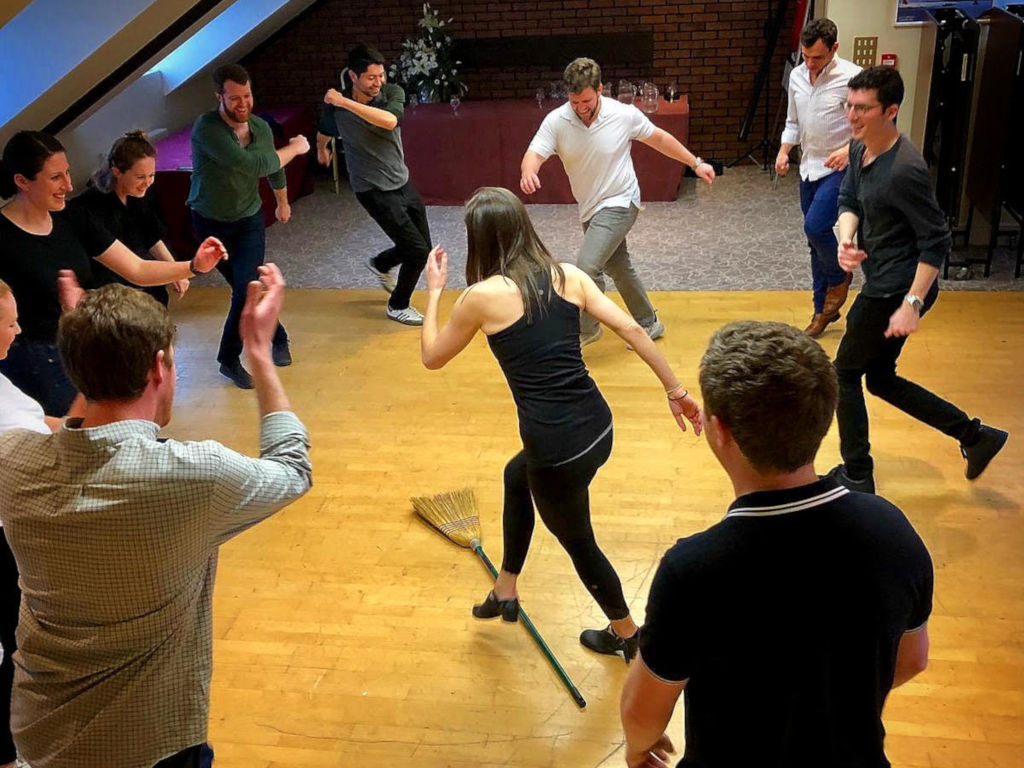
Beginner dancers must wear a mask during class. Dancers are encouraged to wear shorts or yoga/sweatpants, with a tank top or close-fitting t-shirt, as loose pants/shirts can be distracting and sometimes cause injury when the children are moving around in class! Socks must be worn. Dance shoes are not required, but if a dancer would like to wear ballet slippers or borrow used Irish dance shoes from our collection, they are welcome to do so! Dancers should also bring a water bottle.
My child is shy, can we try class first?
We encourage any interested dancer to email us and schedule a time to try the class for free. If a dancer needs a few trial days prior to deciding, that is ok too! As parents ourselves, we understand that children need time and encouragement and should be allowed to have that before making a decision to join a class. There is no commitment or pressure, because beginner class is all about fun and a positive dance experience for your child.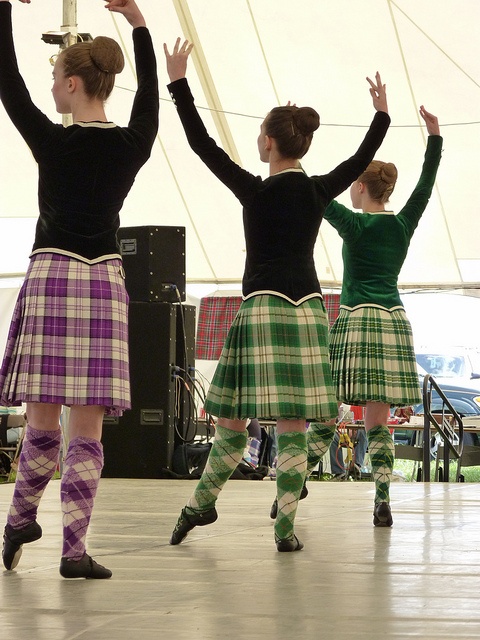
What ages are appropriate for beginner classes?
Dancers ages 4-6 are the perfect fit for our 5:15pm class each Monday. If your dancer is 3 but interested in class, we welcome and encourage you to bring them and see how they do! If your dancer is 7 but feels more comfortable with younger friends, it is ok to have them come to 5:15pm class and see how they like it!
Have an older dancer interested in learning to dance? Try our 6pm class on Monday evenings. Dancers are ages 8+ and love to be challenged and have fun!
We are not sure about the competitive aspect, will my child have to compete?
No child is required to compete. While the majority of students in our advanced classes do compete in both teams and solo events, we have dancers who do not compete and focus more on the performance aspect of Irish dancing. There is a wealth of performance opportunities available to our dancers year-round, including the St. Patrick's Day parade! There are many fun camps and classes offered both at our school and by outside organizations which focus solely on the art of performing Irish dance. Deciding not to compete does not hold a dancer back from advancing through our classes to the highest level of class.
Deciding not to compete does not hold a dancer back from advancing through our classes to the highest level of class.
Should your child express an interest in trying a competition, or "feis" (fesh), we provide the support, encouragement, and team atmosphere that they dance with joy and a positive attitude. We work hard to ensure that parents and students are prepared with the skills and information they need to enjoy the experience in a healthy way.
What is the schedule and commitment for beginner classes?
Our beginner classes are Mondays 5:15pm (ages 4+), Mondays 6pm (ages 8+). The classes run year round. During the school year, beginner classes are not held during school vacations. There is NO registration fee, and NO commitment. Cost is $45 per month, with convenient online payment and auto-billing available.
You can stop and start beginner class as often as you need in order to accommodate busy family schedules and other extracurricular activities.
how to dance Irish dances, video lessons
Ireland is an unusual and mysterious country, the unique charm of which is given by evergreen hills, ancient castles, and of course amazing dances. National dances are performed only to Irish music and look very beautiful and spectacular, thanks to the speed of movement and rhythm. Currently, this dance direction is extremely popular in many countries. There are many schools and studios that teach jig, reel or hornpipe, but you can learn how to dance Irish dances on your own. Depending on the technique of performance and the number of participants, the following varieties are distinguished:
- Solo, is a rhythmic and clear movement of the legs, while the body and arms are motionless, one person is dancing.
- Group, performed by a group of up to 16 people, and include elements of solo dances with rebuilding in a circle, line or column and the inclusion of hands.
- Folk or social, characterized by simple quadrille-like movements, danced in pairs.
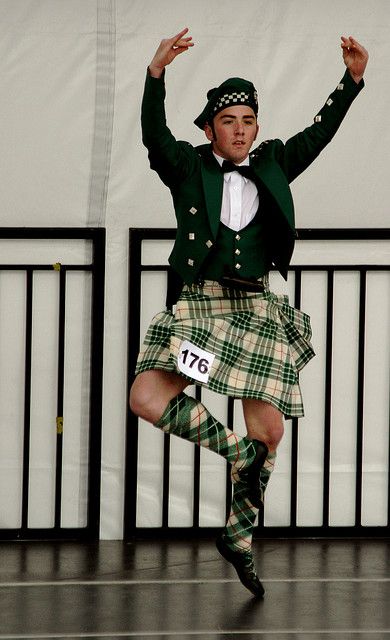
For those who decide to learn how to dance Irish dances on their own, video lessons for beginners will be an excellent tool. It is better to start with a solo direction, which includes: jig, reel, hornpipe and solo sets. nine0003
Jiga
Performed to the music of the violin. Fun and cheerful jig, consists of traditional jumps and special steps. The jumps are quite high, which makes a lasting impression, but at the initial stage, you should not jump high. First you need to learn how to properly hold the body and press your hands, and most importantly, land softly. Dynamic and spectacular Irish dances can be a serious challenge for beginners.
Reel
Reel is believed to be of Scottish origin, but has been heavily modified to include true Irish elements. Great for beginners and is usually the starting point for learning how to dance Irish dance properly. May be fast or slow. nine0003
Fast paced reels have a set of simple movements, while slow ones are characterized by a more complex set of figures, including high jumps.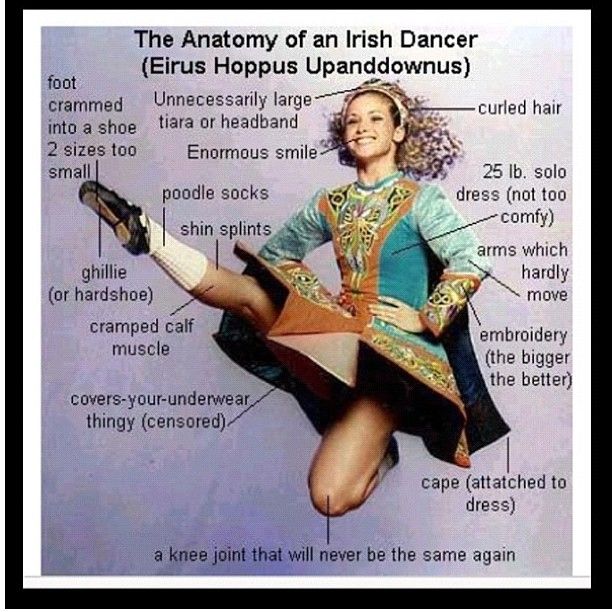 The technique of execution, depending on the type of footwear, can be soft or hard.
The technique of execution, depending on the type of footwear, can be soft or hard.
Hornpipe
Includes jumps and tap dance elements, touching the floor alternately with the heel and toe, creates a drumming effect. Hands are usually located on the belt or extended at the seams, and swings are made with a leg bent at the knee. It is performed only in hard shoes and is the most difficult to master. Somewhat similar to the reel, the hornpipe is notable for its particular dotted rhythm and emphasis on the first count. It can also be slow and fast. nine0003
Set solo dances
A distinctive feature is a special set melody, which can be traditional or author's, and differs in its structure from ordinary Irish music. Under such melodies, unique dance compositions are developed, intended for participation in competitions, which will include complex steps and non-traditional elements. From generation to generation in Ireland, the music and steps of solo sets created in the distant past and called traditional are transmitted.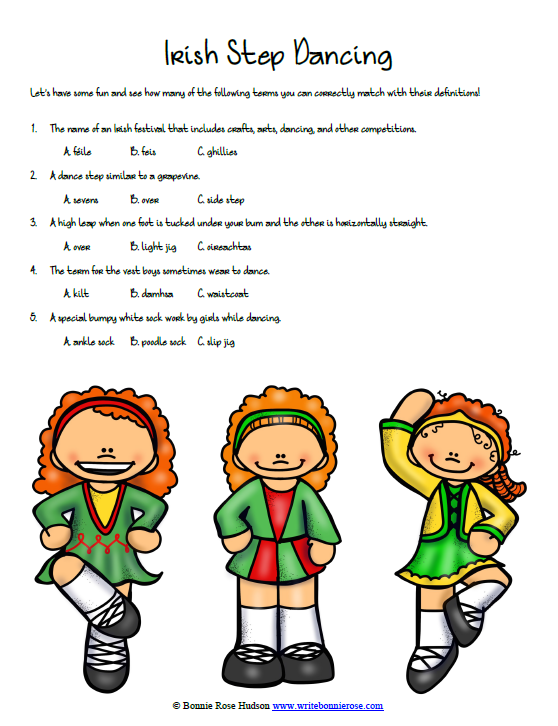 nine0003
nine0003
Irish dancing is not only an amazing charge of positive energy and energy, but also a great way to increase stamina and improve physical fitness. Having mastered the basic elements, you can continue to use lessons for beginners to learn Irish dances, or contact a special studio. Speed, clarity and rhythm of movements will come with regular practice.
Video lessons
Katrin Selezneva
Teacher of modern and classical dance, participant in international competitions. Teaching activity in dance schools for 8 years. nine0003
Irish dancing: how to learn and how to learn good.

Hello, this is another post about dancing.
Today we will talk about how to really achieve something in Irish dancing.
(If you're a clear-cut kid and you need to be quick, so that without reading and to immediately read, scroll to the very end, read Note 1)
The right goal
Those few people who are seriously into Irish dancing , who, in their opinion, are seriously engaged in them, and want to achieve some results, every year more and more often attends the same question: "How to train, perform and generally live in order to win?". The more schools, teachers and "old" dancers appear in the dance community, the wider and denser it becomes, the more accessible the exchange of information and experience becomes. Demand gives rise to supply, and even whole seminars and trainings on this topic are already being offered (in addition to, in fact, dance master classes). In fact, everything is so simple here that it’s even embarrassing for people. nine0003
nine0003
Let me grumble a little, but if all your dance aspirations are aimed at performing as efficiently as possible on feches, then, unfortunately, you are already lost. Counting medals, keeping statistics, trips to feshies, where you can easily "close" dances, that's all. The fact is that competitions are a very narrow segment of dances, with unknown rules, with incomprehensible criteria, with violations of labor standards (a judge, like, has to sit in a stuffy hall for 10-12 hours and look at fast moving objects with poor lighting and give a stable result?), and, most importantly, completely without providing adequate conditions for demonstrating and evaluating human skills (beats are never heard, legs often merge with the floor or wall, 3 people dance on tiny squares, colliding or trying not to collide ). And now people are trying to systematize all this hell for themselves, to find the key to it, to find patterns based on some few shabby events. Imagine that you decided to learn English and downloaded several American TV shows in the original voice acting. There, black lads sell drugs and run from the cops, and you actively replenish your vocabulary and come to the USA. And so, for the third time, you are lying in intensive care with multiple stab wounds and trying to understand exactly what mistakes and at what moment you made this time when you entered into a dialogue with some nigga bitch, and is it possible that you just use the interjection "yo" in the wrong place? nine0003
There, black lads sell drugs and run from the cops, and you actively replenish your vocabulary and come to the USA. And so, for the third time, you are lying in intensive care with multiple stab wounds and trying to understand exactly what mistakes and at what moment you made this time when you entered into a dialogue with some nigga bitch, and is it possible that you just use the interjection "yo" in the wrong place? nine0003
Just as our hero had to be born black first of all, so you need to learn how to dance first, and then think about how to apply your skill most effectively in each specific situation. This thesis is so obvious to me that I can't begin to calmly react to any thoughts people have about "closing" dances. Almost any conversation on this topic instantly forms a negative impression of the interlocutor in me. Any attempt to tell me that such and such a person has "closed" some dances, and therefore has some reason to assert something or claim something, unequivocally gives me a signal not to have business with this person.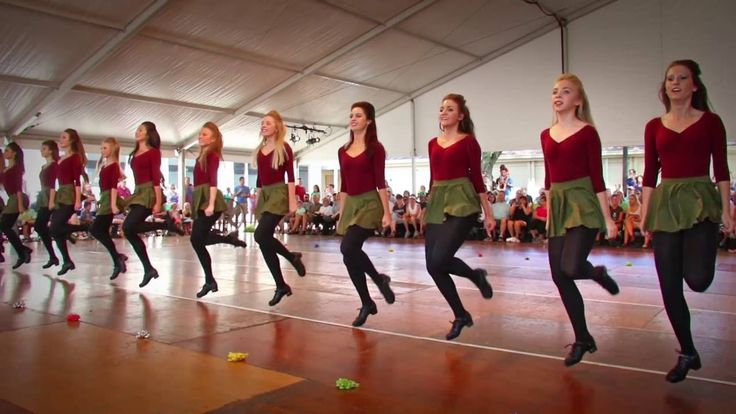 nine0003
nine0003
So, the first thing you need to do if you want to achieve something is to correctly set a global goal.
You should strive to learn how to dance well, not learn how to win.
In confirmation of these words, I will give a very, perhaps, sad, but very revealing example. In Iridan, there are from 4 to 5 admissions per year, there are hundreds of students, and every year new people are added who have entered the Open. Some of them are starting to teach and others are already trying to bring them to the open. With all this abundance, it would seem, of cool dancers, for a normal, serious dance, you can hardly find 7 people here, and all of them will be "oldies". Unfortunately 90% of modern opens will not be able to tap out not only their dance, but even a simple set of combinations in silence evenly and in accordance with the plan. And they probably don't even realize it.
Now that you may have decided that I am against fashies and championships, I hasten to tell you that this is the best thing about these dances invented in order to stimulate people to develop.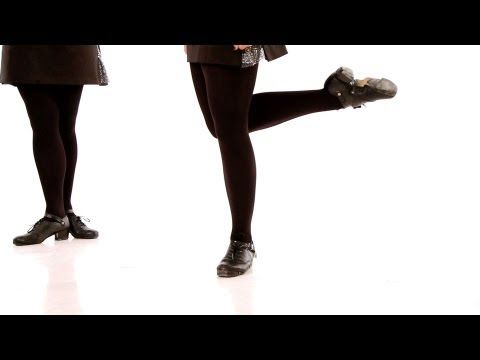 Without a clear ladder of progress, it would be very difficult.
Without a clear ladder of progress, it would be very difficult.
Therefore, it is necessary to move the championships from the position "goal" to the position "means". nine0003
Although, of course, there are people for whom the medal is important, and it does not matter how and under what conditions it was received. This is the part of the people who go to small fashions because there is less competition, these are those who go to WIDA only because it is relatively easy to get into the top three in the world when you are already over 30, those who are proud of the second place in two rivals. Stay away from such people, I do not perceive them as dancers. Unfortunately, there are a lot of such people.
(if someone decides that I'm running into WIDA here, drink some water and reread the paragraph again 5)
Choosing a school and a teacher
Today in Moscow people are increasingly choosing their school by looking at the Yandex map and calculating which school is closer to their place of residence. Yes, my colleagues went to certain places for shawarma, and not bought at the nearest stall, but here is the school! For a long time! Second family, perhaps!
Yes, my colleagues went to certain places for shawarma, and not bought at the nearest stall, but here is the school! For a long time! Second family, perhaps!
There are no clear criteria by which to determine the level of the school. And in almost all cities of these schools, there are 1, maximum 2 for the whole city. Do not believe any descriptions of victories and achievements that are discussed there: firstly, you do not understand anything about this, secondly, the authors of these texts - PR professionals, and second place with two participants magically turns into a silver medal of the championship, several victories in local competitions for 100 participants - into numerous medals and awards from Russian and international championships, and attending a couple of open master classes for 50 people with Colin Dunn - in "studied with 9
Choose intuitively, I usually choose by the "cover". And when you choose, try not to become a victim of the "duckling syndrome". , as a character in an RPG, I would suggest putting 2-3 skill points into Perception.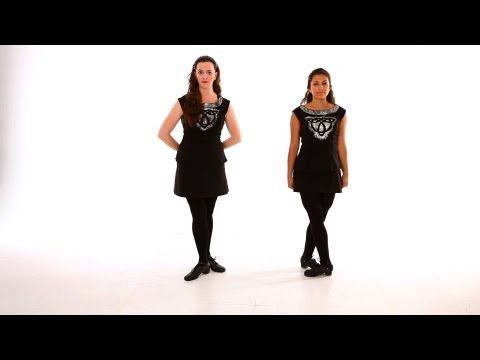 some specific one In any case, at this stage you can't choose Start learning, and immediately start looking for other sources of information Watch others dance, watch others teach Try to get to open master classes, directly save money right away.Listen if the teacher recommends anyone, whom he considers his mentor.Evaluate.
some specific one In any case, at this stage you can't choose Start learning, and immediately start looking for other sources of information Watch others dance, watch others teach Try to get to open master classes, directly save money right away.Listen if the teacher recommends anyone, whom he considers his mentor.Evaluate.
The teacher himself dances badly and doesn't let you see anyone else?
Did the teacher study on his own and from no one else?
The teacher forbids visiting other people's master classes once without objective reasons?
Well, you already know what to do. Remember: the teacher has the right to establish any order and prohibit anything. And you have every right to choose. The teacher can really be very cool and you will not need anyone else. Or he can create a totalitarian sect around himself, and you will think that you don’t need anyone else. nine0057 How to understand who dances well and who dances badly? Compare. My world turned upside down after the first foreign fashion. I was lucky, there were very strong dancers. From European fash I recommend fesh in Vienna in mid-October, there are always a lot of participants, good organization and a very good level. I'm talking about the most senior level, but it's also true for the younger ones. From abroad, if you do not take into account the incredibly expensive World, you can go to the new fashion school Carey Academy in Birmingham (at the end of February). The same world champions are dancing right in front of your nose. Of the Russian feshes, perhaps Moscow, he will not give a full idea of \u200b\u200bthe current level, but it’s also not bad for a beginner, perhaps. nine0003
I was lucky, there were very strong dancers. From European fash I recommend fesh in Vienna in mid-October, there are always a lot of participants, good organization and a very good level. I'm talking about the most senior level, but it's also true for the younger ones. From abroad, if you do not take into account the incredibly expensive World, you can go to the new fashion school Carey Academy in Birmingham (at the end of February). The same world champions are dancing right in front of your nose. Of the Russian feshes, perhaps Moscow, he will not give a full idea of \u200b\u200bthe current level, but it’s also not bad for a beginner, perhaps. nine0003
And in general, who the hell knows which of the teachers is actually better or worse, just choose the one you want to be like in the end.
How to behave in class and communicate with the teacher.
It should be understood that all teachers are interested in the results of their work. No one wants to just teach other people's students who can disappear at any moment or who go to a group just for the sake of an extra load (we are talking about regular classes).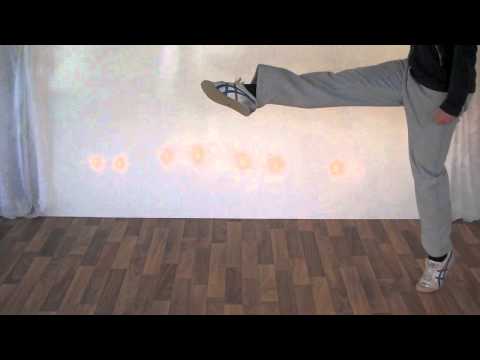 Therefore, if at your school you can attend classes of different teachers, and you want a normal and serious attitude towards yourself, then you will have to fulfill all the requirements equally in all classes. Tanya teaches like this, but does Petya teach that way? Either choose one person, or do Tanya's way with Tanya, and Petya's with Petya's. Don't know who to trust? Ask the teacher individually where the differences come from and how important they are. If he is not a turkey, he himself will tell why he considers his version more correct or preferable. You must understand this too. Get to the bottom of it, don't take anything for granted. In general, follow the rule: everyone around is a charlatan and they themselves don’t know how to do a damn thing. In 80% of cases it will be true. It's better to let the teacher admit that he himself is not sure where the truth is than to tell you that "the knees should not bend, because how else, this is Irish dancing (almost a quote)", and then give you beautiful knee brace for your birthday .
Therefore, if at your school you can attend classes of different teachers, and you want a normal and serious attitude towards yourself, then you will have to fulfill all the requirements equally in all classes. Tanya teaches like this, but does Petya teach that way? Either choose one person, or do Tanya's way with Tanya, and Petya's with Petya's. Don't know who to trust? Ask the teacher individually where the differences come from and how important they are. If he is not a turkey, he himself will tell why he considers his version more correct or preferable. You must understand this too. Get to the bottom of it, don't take anything for granted. In general, follow the rule: everyone around is a charlatan and they themselves don’t know how to do a damn thing. In 80% of cases it will be true. It's better to let the teacher admit that he himself is not sure where the truth is than to tell you that "the knees should not bend, because how else, this is Irish dancing (almost a quote)", and then give you beautiful knee brace for your birthday . Despite the fact that dancing in Russia is already 15 years old, the dark ages still reign here. nine0003
Despite the fact that dancing in Russia is already 15 years old, the dark ages still reign here. nine0003
Now, if you're really serious, you'll have to tailor your life to your hobby. You will not achieve anything by attending the standard 2 classes per week. You don't have to hurt anyone right now. 4 times a week is the minimum. 2 times you study in a group, twice you study on your own (well, or at least 1 time on your own). The number of group sessions can be as large as you like, but you should always have time for independent work. It sounds very boring and corny, I know, but, unfortunately, this is how we are arranged. No one will teach you better than yourself. Remember the combination? Practice it yourself and teach yourself how to dance it with your left foot. After that, you won't forget it. nine0003
Only in one case will your studies bring results: if you imagine your studies with a teacher as a table full of food, and your independent studies as the absorption and assimilation of food.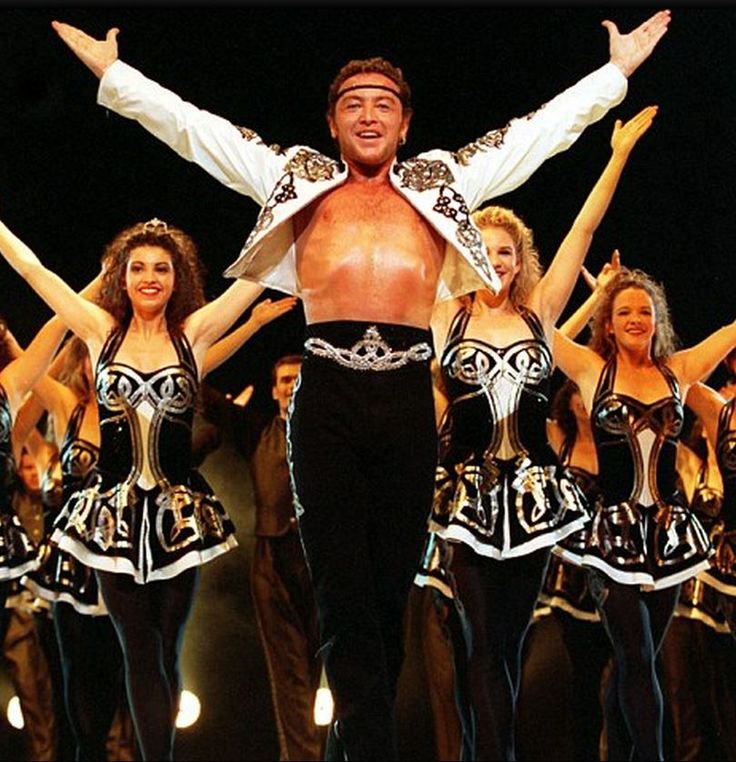 Come to class and fill your mouth, fill your pockets, pick up pieces in your bosom, run to your lair and eat there, eat, chew, and again for a new portion. A normal teacher is like a kind grandmother, she will always be glad to give you more. All you have to do is eat! If you do not devote at least half an hour a week to independent work, all this food will roll around and spoil. An entire pantry full of spoiled food. The new does not fit, the old is useless. nine0003
Come to class and fill your mouth, fill your pockets, pick up pieces in your bosom, run to your lair and eat there, eat, chew, and again for a new portion. A normal teacher is like a kind grandmother, she will always be glad to give you more. All you have to do is eat! If you do not devote at least half an hour a week to independent work, all this food will roll around and spoil. An entire pantry full of spoiled food. The new does not fit, the old is useless. nine0003
But there is another danger: you might choke. A good teacher will only give you what you can absorb and a little bit more. A good student will look everywhere for new knowledge, but should always look back and check if he has any gaps in the basic material.
The fact is that in Irish dances there are not many movements for which you need to have some incredible physical abilities. And even less in hard ones. However, without proper basic training, it is very easy to "screw up" your technique by starting to do complex movements.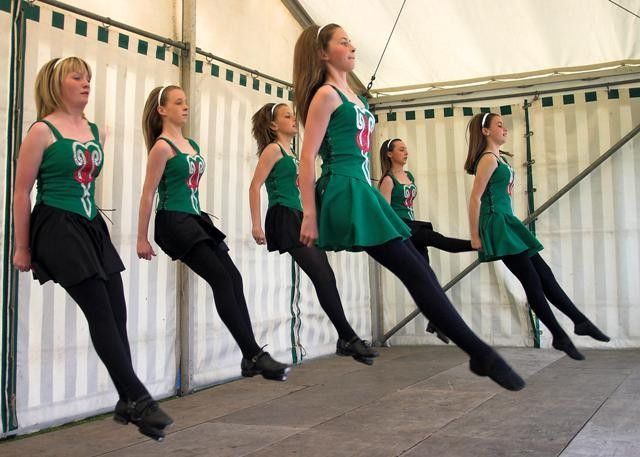 If only because it's very hard to go back to practicing the basics when, like, you've learned some cool tricks and can't wait to use them. Especially considering that all complex movements are based on simple ones (and they, just, still do not work out). nine0003
If only because it's very hard to go back to practicing the basics when, like, you've learned some cool tricks and can't wait to use them. Especially considering that all complex movements are based on simple ones (and they, just, still do not work out). nine0003
Damn, the penultimate paragraph already turned out in the style of some Paulo Coelho, we need to correct it urgently.
A teacher is also a person, moreover, a person who is very interested in his work. Most likely, he does not receive much money for this, which means that he must receive some other satisfaction from his studies. If the students fail to learn the same link lesson after lesson or do not correct the same mistakes, the desire to lead classes disappears. The teacher will get annoyed. No, he should not once again just calmly explain, understand and forgive. This is not a rehab class, not a school for the gifted, not an after-school group for adults. It is possible, of course, that there are such schools and teachers, but if I remember your goal correctly, you do not need to go to them. nine0003
nine0003
And, most importantly, never act like you know better than the teacher what to do. They tell you to bend your knee, but you don't. You are told to jump normal jumps, and you do somersaults. Perhaps he has some reason to demand something in this form. If you are sure that the teacher is wrong, then either discuss it correctly with him (you never know, you have 15 years of experience as a fitness trainer, and he incorrectly gives aerobic warm-up), or do not go to him. There must be discipline and order in the group, otherwise the group will not move anywhere. And it depends not only on the teacher, unless you want him to become an evil tyrant over time. nine0003
What to do if you come to another school/group and don't know anything?
You have to stand on the sidelines and start trying to repeat after everyone. In any group, each dance is often repeated many times. Each time you will remember a little more and soon catch up with everyone. In 10 repetitions, you can learn almost anything.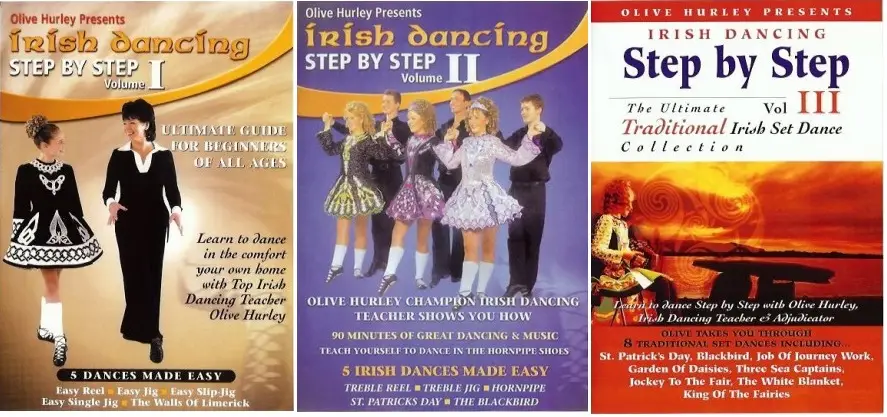 What you definitely shouldn’t do is sit down or stand up against the wall and answer any question: “I don’t know this, I’ll take a look.” Very few people can learn something with their eyes alone. You could even say no one. I usually immediately stop paying attention to such people, nothing will come of them. They no longer have the main thing - desire. nine0003
What you definitely shouldn’t do is sit down or stand up against the wall and answer any question: “I don’t know this, I’ll take a look.” Very few people can learn something with their eyes alone. You could even say no one. I usually immediately stop paying attention to such people, nothing will come of them. They no longer have the main thing - desire. nine0003
The teacher also sees very well the difference between "it's hard for me" and "I'm too lazy". The effort to change something in your technique is always visible. Even being very tired, you can always find the strength in yourself to at least start doing the next repetition at full strength. But to ignore the next "one more time entirely" from the teacher and, while the whole group is dancing, it is melancholy to go to drink water - this is also a lack of desire and self-pity (we do not consider physical limitations in health, we are talking about those who assure themselves and others that they are striving to the result). nine0003
Never make excuses for your mistakes.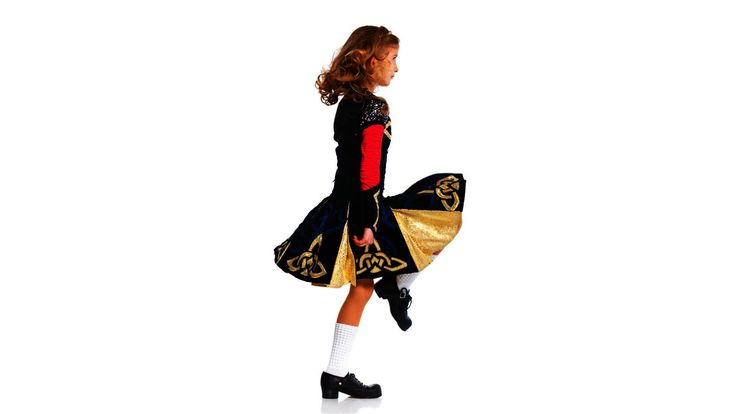
- This is my first time dancing!
- This is the first time I'm doing this with my left foot!
- I haven't worked yet!
- Normally everything fits into the music there, I just didn't get it now!
- Yes, I know!
- Well, the bestseller: "I was thinking about something else!" (for example, about positions, not about hands).
Even if all this is true, just nod and take note once again. You are not told this to hear "I'm not up to it" or "I already know." Otherwise, why dance in front of a teacher at all? nine0003
Self-monitoring.
No one will teach you how to do this or that movement correctly, except yourself. Have you already been told a hundred times that the legs should be turned out, but the turnout does not increase? Well, it won't add up. All requirements are quite simple and there are few of them: cross, eversion, half-toes. That's enough. When I was in a group, we were told the same thing. And every time we worked out some combinations, I came up with "tasks" for myself: to finish the combination with a good cross, for example.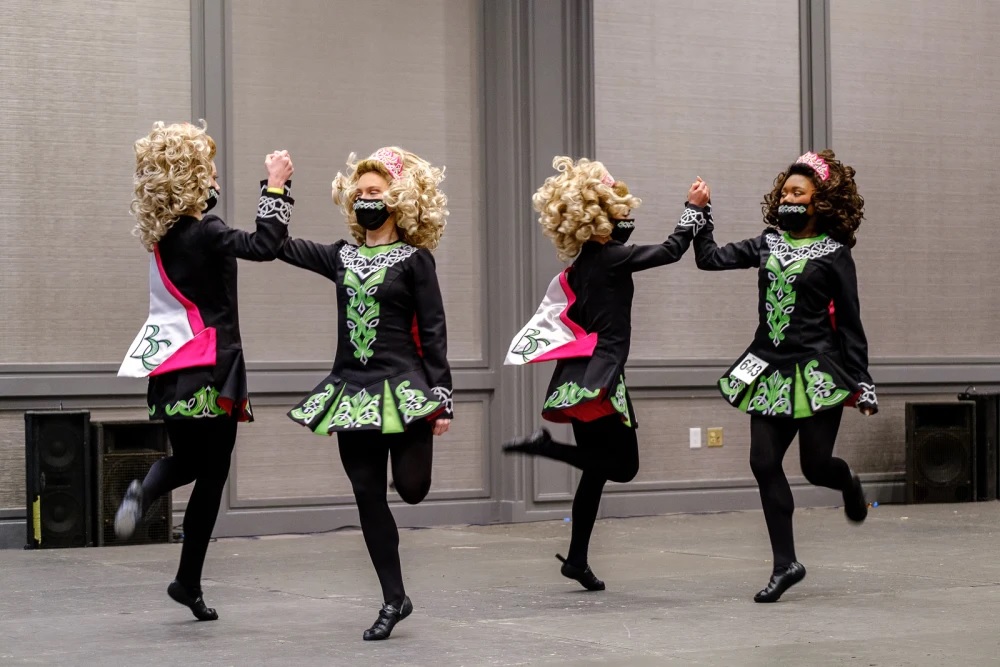 Like achievements (achievements) in games. I did an exercise with a great position - praised myself. Did you learn step? Start thinking about individual places. Draw in your head a map of the "dangerous" places in your dances - the places where the teacher most often makes remarks. Then in these places reminders will work for you: here the back is underturned, here the toe is not pulled out. This is how the material is cleaned. And if you just dance step 10 times, then the maximum that will be added is endurance. nine0003
Like achievements (achievements) in games. I did an exercise with a great position - praised myself. Did you learn step? Start thinking about individual places. Draw in your head a map of the "dangerous" places in your dances - the places where the teacher most often makes remarks. Then in these places reminders will work for you: here the back is underturned, here the toe is not pulled out. This is how the material is cleaned. And if you just dance step 10 times, then the maximum that will be added is endurance. nine0003
You can help yourself - stick bright dots on your heels, which should always be visible in the mirror, put something light under your armpits so that your hands stay together. I've never used anything like this, but I don't think it will get any worse. Just do not tie your knees with scarves / laces. The knees must be free.
Much of what was described above is 146% similar to any book or article on how to succeed in dancesport. It’s just that all these are so banal and simple truths that I even feel embarrassed for the people who read this and are like: “Oh, yes, you have to try!”, And especially for the teachers who actively quote these books, as if they don’t have their own brains .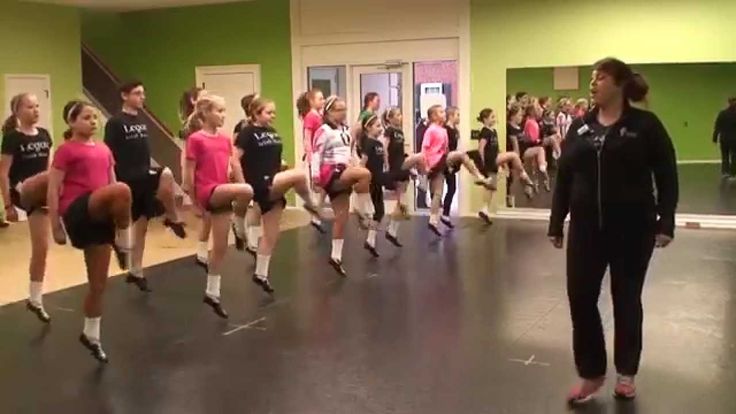 These are principles that apply throughout our lives, whether you want to learn a language, learn touch typing or become a champion in Counter Strike. This is so natural and obvious that even without any books, any normal practicing teacher will tell you this 10 times without noticing it, simply because he himself should have already reached this point and experienced it from his own experience. And if he hasn't taught himself anything, he won't teach you either. nine0062
These are principles that apply throughout our lives, whether you want to learn a language, learn touch typing or become a champion in Counter Strike. This is so natural and obvious that even without any books, any normal practicing teacher will tell you this 10 times without noticing it, simply because he himself should have already reached this point and experienced it from his own experience. And if he hasn't taught himself anything, he won't teach you either. nine0062
So, let's say that this is sorted out, and now you are going to the competition.
How to deal with anxiety in fashion?
- Oh my god, what a big fashion, 700 people, they will all look at me, and I'm so bad at dancing!
If you are a beginner or a prime (sometimes it applies to intermediates), then I will please you: no one cares about you. 25 % helps them, 24.99% are rooting for their own, and the judges are trying for the thousandth time to give marks to everyone. Judges are like doctors, you can’t be ashamed of them at all, they have seen everyone. The bulk of the dancers of the initial levels are not remembered at all. It's just an endless mass, from which someone has to break out to the top. If you make enough effort, if you show that you are worth paying attention to, then you will go further. If not, you won't lose anything. Fesh is not a universal event, there are few extra people here, and all those present are busy with their own affairs. nine0003
The bulk of the dancers of the initial levels are not remembered at all. It's just an endless mass, from which someone has to break out to the top. If you make enough effort, if you show that you are worth paying attention to, then you will go further. If not, you won't lose anything. Fesh is not a universal event, there are few extra people here, and all those present are busy with their own affairs. nine0003
That being said, it's perfectly normal to be nervous before or even during a performance, especially when you have a new dance. Everyone is worried, I am very worried if the material is new. Unfortunately, there is only one way to deal with this - to perform more often. If a teacher sends you to fashion not for experience, but for medals, find yourself another teacher. Now this is easier. Even if there is only one teacher in your city, none is better than this one. The worst pressure is the pressure from the person who has to support. This does not mean that he should not care, and he should not worry and be interested.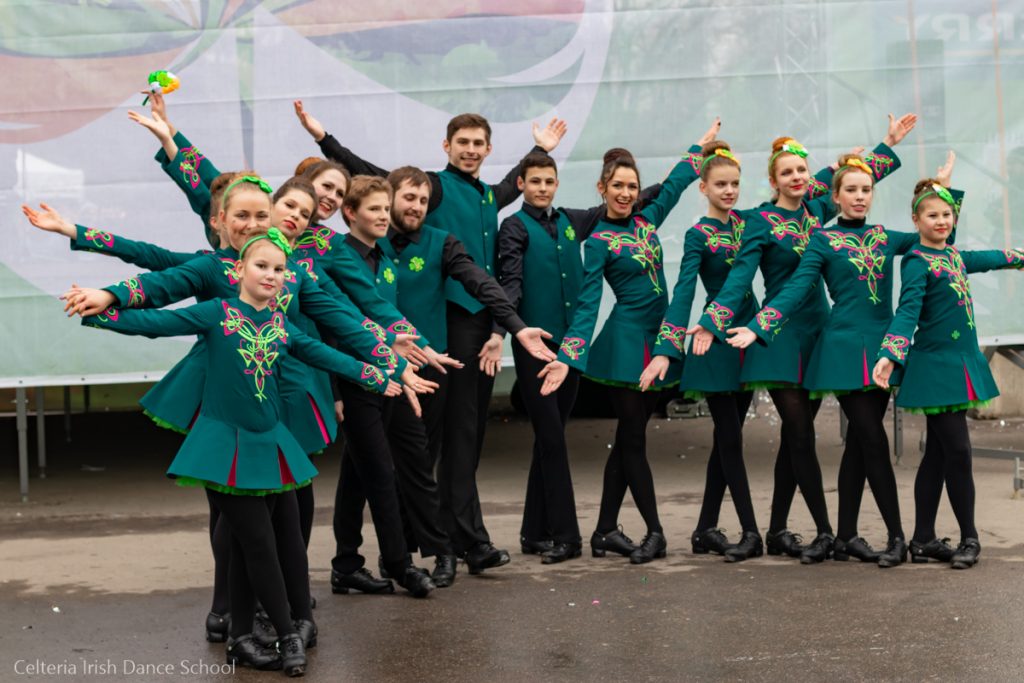 He just has to be able to adequately assess your level, regardless of what the sleepy grandfather condemned there at 8 am on Sunday. And you have to find a teacher whose assessment you can trust. nine0003
He just has to be able to adequately assess your level, regardless of what the sleepy grandfather condemned there at 8 am on Sunday. And you have to find a teacher whose assessment you can trust. nine0003
There is, however, one rule: "you won't get a good place if you don't feel at ease in this competition and in your place." If you stand in line and think: “What am I doing here among all these people?”, then you have already lost. Partly because that's the way it is, most likely, and you're not prepared enough. And partly because, no matter how it sounds, it is not the body that wins, but the spirit.
And in general: don't be afraid of anything or anyone, this is still a new territory, there is a lot of space, and new heroes are still very much needed. There is still the Wild West with all the consequences. nine0003
Note 1, for clear ones:
Opa-opa, handsome, did not master multibooks? Slash the chip, time is money. Right now I’ll justify everything briefly for the Posons:
1.